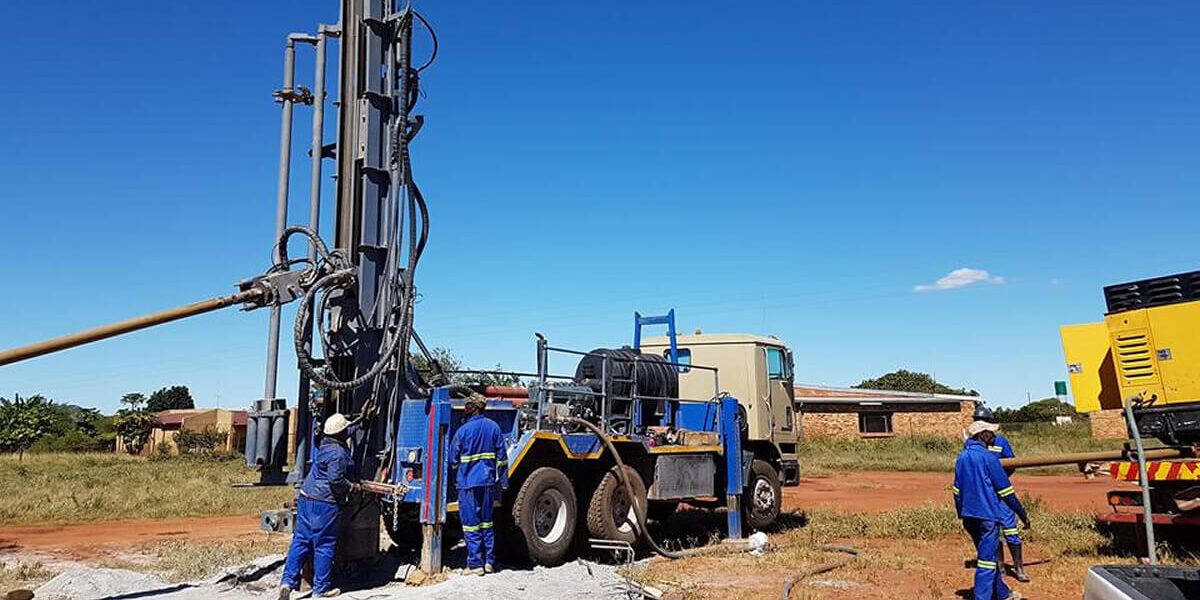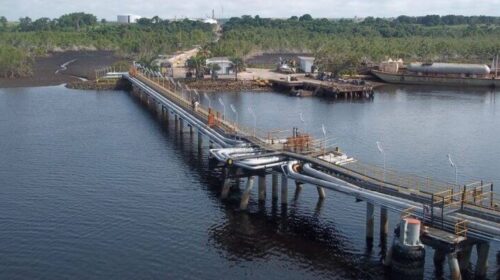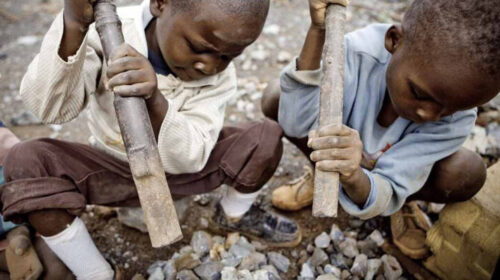Red Rock completes RC drill programme at Luanshimba
Natural resource development company Red Rock Resources has completed a reverse circulation (RC) drill programme at the Luanshimba copper/cobalt project in the Haut-Katanga province of the Democratic Republic of Congo.
The Luanshimba project is operated by Red Rock Galaxy, an 80%-owned Congolese subsidiary of Red Rock.
Three prospects were drilled, at Kilembwe South, Kilembwe East and Bukulu.
There were 2 763 samples, including quality assurance or quality control samples prepared at ALS Global’s preparation laboratory before sending in batches to the ALS laboratory in South Africa for analysis.
The majority of assay results have been received, but those from later holes, including some with significant visible mineralisation, are still awaited.
Holes intercepted clastics from carbonaceous shales and carbonates of the lower roan subgroup in Zambian Copperbelt-type strata.
Multiple fault zones and fault gouges were encountered in Kilembwe South where copper/cobalt anomalism was identified from previous soil geochemistry.
Copper/cobalt heterogenite oxide mineralisation was found in multiple fault gouges, with sulphides identified at the bottom of some holes.
At the Bukulu prospect, a pyritic zone overlying chalcopyrites was encountered under the carbonaceous shales, supporting the thesis of a vertical mineral zonation similar to copper-bearing lower roan strata of the Zambian Copperbelt.
Full interpretation and reporting of grades will be undertaken following receipt of final assay results.
The drill programme is being carried out by Rubaco, with geological support being provided by Minerals Exploration Associate.
“Further results support the interpretation of a typical lower roan assemblage with prominent cobalt accompanied by copper in oxides near surface underlain by sulphide-bearing rocks with indications of vertically zoned copper minerals.
The limited penetration of the RC rig used in this initial programme means that the sulphide-bearing strata were, in many holes, not reached, but the drill campaign has achieved its primary objective in evidencing that potentially significant mineralisation, both hypogene and supergene, has taken place within the licence area,” Red Rock chairperson Andrew Bell says.
“It is too soon to speak of a discovery or of economic potential, as we await the full results from the laboratory and will then have to assess both the grades, the volume of data from the relevant strata and the continuity between holes.
“However we can already feel encouraged by the many positive indications from this small maiden drill programme,” he adds.
![]()





